Description
Disporum bodinieri
6 foot (1.8m) tall stems of branched stems grow in tight clumps, the lower nodes being clothed with a papery sheath giving a bamboo-like feel. The drooping cream bell flowers are produced at the tips of the stems in Spring and are often followed by a crop of persistent blue berries. A plant for a shady spot in moist leafy soil and sheltered from cold Winter winds to protect the evergreen foliage. A chinese species that is quite similar to Disporum cantoniense. The evergreen stems can be lost to cold winds, but a new crop will provide replacements in Spring. The newly introduced species from China are relatively untested in our climate, but with shelter and good siting they can provide a touch of evergreen luxury without the fear of spread that comes with many bamboos.
Disporum comes from the Greek ‘di’ = two and ‘spora’ = seed, referring to the two seeded fruits of the Genus. Liliaceae (Colchicaceae)
Several similar woodland Genera used to be found in the Liliaceae but have found themselves reshuffled various times over the last few years as modern genetics gradually unpicks relationships. The similar Polygonatum, Disporum, Disporopsis, Smilacina (Maianthemum) and Uvularia all moved first to the Convallariaceae, but they have been moved on again since. Disporum are in many ways similar to the Solomon’s Seals, Polygonatum and were placed close, but are now in different families; Disporum in the Colchicaceae, Polygonatum in the Asparagaceae. One of the chief distinguishing factors is the fact that Polygonatum produce a fleshy branched rhizome and Diporum also tend to produce flowers terminally and can branch. Disporopsis, which you would think closely related is actually closer to Solomons Seal and is now with it in the Asparagaceae. Uvularia keeps is closeness to Disporum in the Colchicaceae. Smilacina found itself split, Smilacina going to the Colchicaceae and Maianthemum going to the Asparagaceae.


















































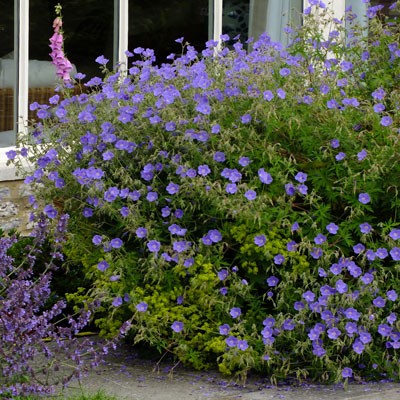

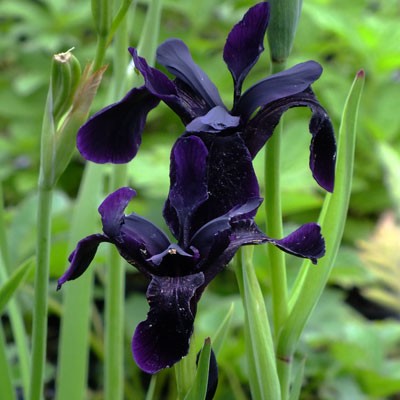
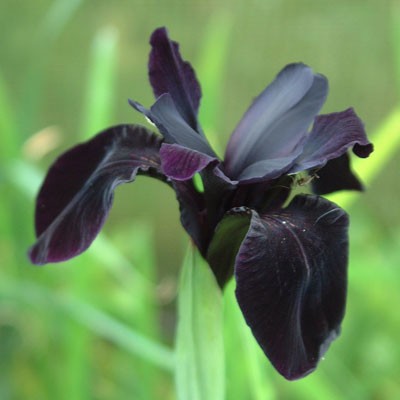
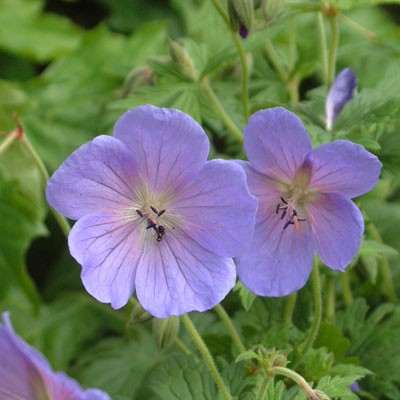
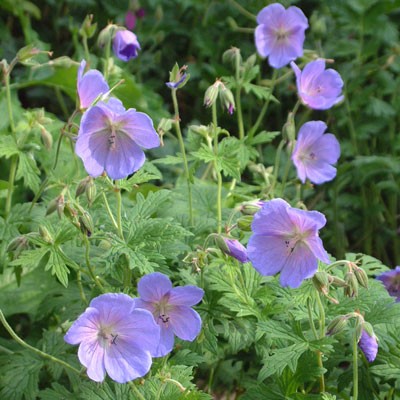


Reviews
There are no reviews yet.